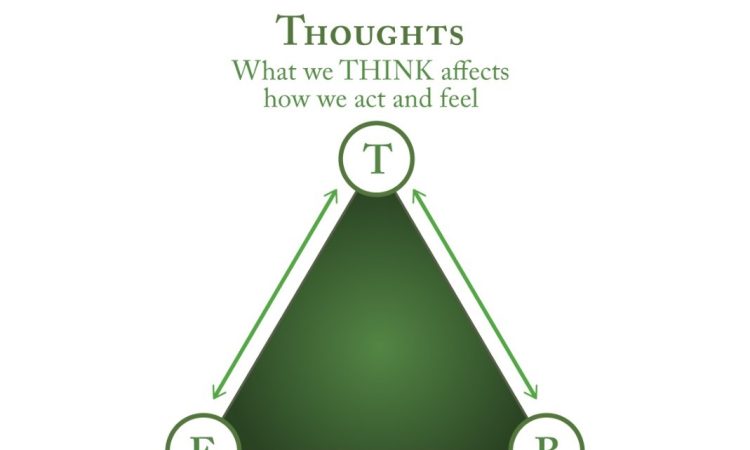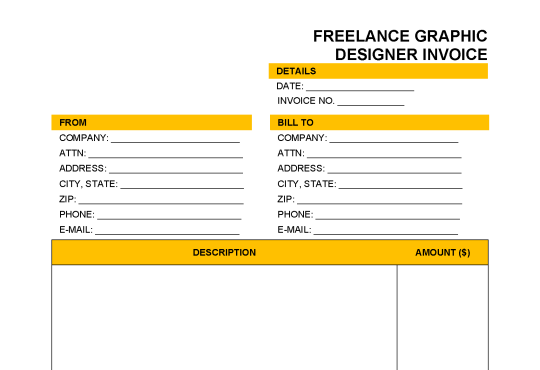
Have you ever found yourself caught in a cycle of negative thoughts, emotions, and behaviors that seem impossible to break? It’s easy to get stuck in this pattern, especially when dealing with anxiety, depression, or stress. But what if you could learn how to disrupt this cycle and create positive change?
This is where Cognitive Behavioral Therapy (CBT) comes in, a well-established and effective therapeutic approach that focuses on identifying and transforming unhelpful thoughts.
One of the key tools in CBT is the CBT Triangle, a powerful model that helps you understand how thoughts, feelings, and behaviors are interconnected and how shifting just one of these elements can help you regain control of your mental health. Continue reading to know more.
What is the CBT Triangle?
The CBT Triangle is a simple yet powerful visual model that demonstrates how our thoughts, emotions, and behaviors are all connected. It suggests that each element influences the others in a cycle.
When one part of the triangle is out of balance, it can affect the others, creating negative patterns. Focusing on one of these components can interrupt the cycle and promote mental wellness.
Thoughts:
Your thoughts are often the starting point of the cycle. Negative or unhelpful thoughts can trigger negative emotions and lead to behaviors that reinforce those emotions.
Feelings:
Our emotions are deeply influenced by the thoughts we have. A negative thought can lead to feelings of sadness, anger, fear, or frustration. These emotions, in turn, affect how we act.
Behaviors:
Behaviors are the outward actions we take based on our thoughts and feelings. These actions can either be constructive or destructive. Avoiding something because of fear may reinforce the belief that it’s dangerous, which then increases anxiety the next time you face a similar situation.
Mental Health-Mental Health Means Much More Than Being Happy
How the CBT Triangle Can Help You Break the Cycle
The goal of Cognitive Behavioral Therapy (CBT) is to disrupt the negative cycle by identifying and changing the underlying negative thoughts.
Challenge Negative Thoughts:
The first step in using the CBT Triangle is to identify and challenge negative thoughts. These are often automatic and can be difficult to spot, but once you start paying attention to your inner dialogue, you will begin to notice patterns.
Reframe Your Emotions:
Once you have challenged your thoughts, the next step is to address your feelings. CBT helps you reframe your emotions by teaching you to recognize how your thoughts are shaping them.
Change Your Behaviors:
The final part of the CBT Triangle involves changing your behaviors. It is not always easy, but the key is to start small. For example, if you avoid social situations because of anxiety, try gradually exposing yourself to these situations in a manageable way.
The more you challenge your avoidance behaviors, the more you will realize that you can handle the discomfort, which will gradually reduce your anxiety.
Putting It All Together
The beauty of the CBT Triangle is that by working on just one of its components, you can create a positive change that affects the other parts of the cycle.
For example, challenging a negative thought can shift your feelings, which might prompt you to engage in more positive behaviors. Over time, this can help you break free from the negative cycles holding you back.
Unlock the Versatility of Cinnamon Oil
7 foods to improve your memory power
Final words
Cognitive Behavioral Therapy (CBT) is a powerful tool to help you understand and improve your mental health. By recognizing the interconnectedness of your thoughts, feelings, and behaviors and making small changes in one area, you can begin to break free from negative patterns and promote mental wellness.
CBT will be a key to regaining control and creating positive change in your life.



